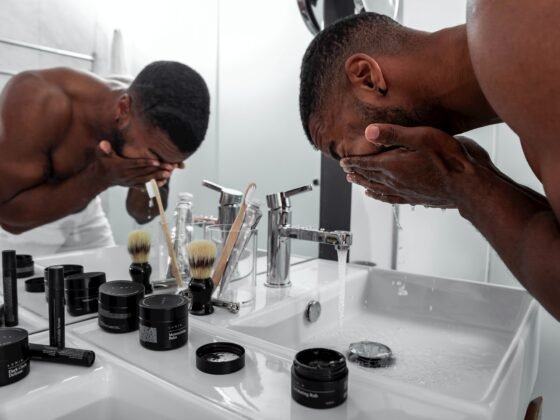
How Do You Lubricate a Fishing Reel?
As tough and sturdy as modern fishing reels are, they still require regular maintenance for consistent, smooth-running performance. Reels that perform well consistently also last longer, saving you from getting a new one every now and then.
But where do you even start with reel maintenance? Understandably, you want to use the best fishing reel oil to do a good job, but what else? Fortunately, there’s no need to search far and wide for the answer since it’s right here in the form of five easy steps.
What You’ll Need
Before we get to the actual process, let’s talk about the tools and supplies you’ll need (and won’t need) to get the job done. As we touched on earlier, you’ll need a high-quality reel oil, but you’ll require the following as well:
- Rags made of terrycloth
- Paper towels
- Cotton swabs
- Soft bristle brush
- Reel cleaning solvent
Of course, you can’t forget your fishing reel because there’s no way to get any lubricating done without it. You also want to avoid using degreasers and soaps because not only could they leave residue behind, but they might also damage your reel.
Oiling a Reel in Five Steps
Instead of taking your reel to a shop for maintenance, try your hand at the job yourself with these five easy steps:
Step #1: Setup Your Work Area
Before anything else, make sure your workspace is clean and well lit. Set a clean cloth on a solid, steady surface over which you can do the cleaning and lubricating of your fishing reel parts.
Step #2: Work on the Bail
Open the bail and pour a bit of cleaning solvent into its linking points as well as the line roller. Using the soft bristle brush, do some light scrubbing before wiping the parts dry. Then, place a few drops of reel oil into the bail linking points. Work the oil into these connections by opening and closing the bail a few times.
Step #3: Work on the Spool
Remove the drag knob followed by the spool. You first need to unscrew the knob and separate the spool from the reel body. Next, pour some cleaning solvent on the drag knob and the inner workings of the spool and its exposed areas.
Then, remove any debris and excess oil by wiping the parts with a clean terry cloth rag. You may use cotton swabs to remove the grime in the nooks and crevices that are a bit hard to reach.
Now, you can reassemble the spool. Just place the spool back to its spot in the reel body and screw the drag knob back in.
Step #4: Lubricate the Reel Body Bearings
Separate the screw cap from the reel body. Then, remove the reel handle by unscrewing. Using the cotton swab, wipe off the dirt and old oils from the bearings. Add a drop of reel oil to each of the joints and bearings on the handle. Reassemble the reel body, then screw the cap back in.
Step #5: Lubricate the Reel Body
You’re almost done now. Wipe down the entire reel using your high-quality reel oil. It should add a protective layer that beads off water during use.
The Importance of Choosing the Right Reel Oil
You’ve probably noticed how the lubricating process emphasizes reel oil selection. That’s because not all reel oils are created equal. How well the oiling process turns out depends a lot on the kind of oil you use.
High-quality oils are usually formulated specifically for reel care. They’re usually included in most premier reel cleaning kits, which are available in most fishing gear stores.
The WD-40 Tip
In line with reel oil importance, a really good tip that you don’t even need to do that often is to apply a light coating of WD-40 to your reel. When spraying, take care to prevent any solvent from coming in contact with the line. Then, wipe the reel to spread the solvent out and get rid of any excess.
Doing this after every couple of trips should be enough to keep water and grit from damaging your reel. However, remember not to do it too often as it can also cause residue and dirt buildup.
Gear Maintenance Impacts How You Fish
Gear maintenance is critical to your fishing venture. When you maintain your gear pieces correctly, not only will you encounter fewer problems during your trip, but you will also have a good time fishing.
Reel lubrication doesn’t have to be done every time. You can do it every few uses, accompanying it with some deep cleaning now and then.
Make sure to keep the water pressure gentle when rinsing your equipment, so it lasts longer. Also, continue to learn more about the different maintenance approaches for reels so that you can adopt a method that works for you.












